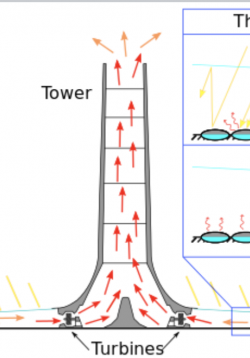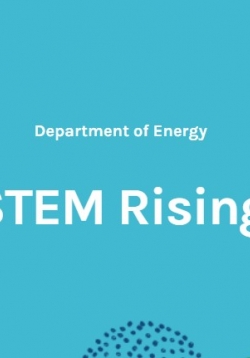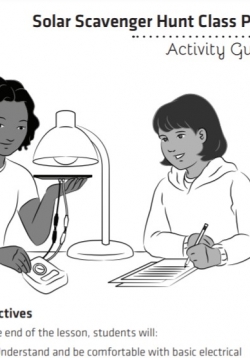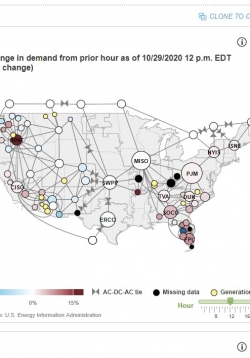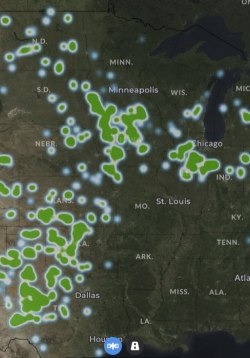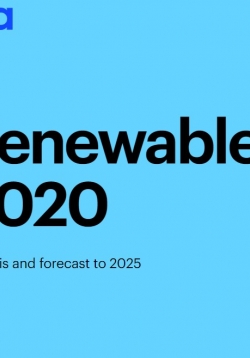
Explore historical data and forecasts for all renewables sectors and technologies. Renewables 2020 includes a dynamic data dashboard which enables users to explore historical data and forecasts for all sectors and technologies. The associated Renewables 2020 dataset gives full access to all of the data available in this dashboard, plus additional premium data for all sectors and technologies, including additional historical years.

